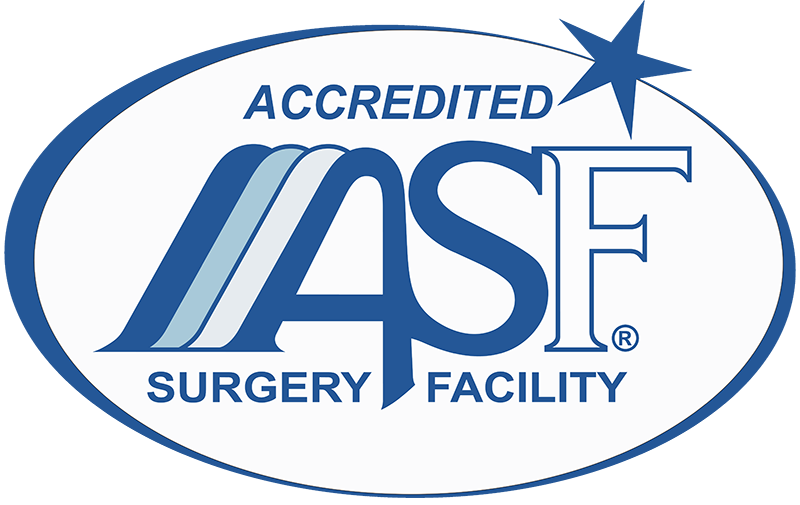Endovascular Repair of Abdominal Aortic Aneurysms
Endovascular repair is a preferred treatment for many people with an abdominal aortic aneurysm (AAA), and an alternative for some who do not qualify for open surgery.
How an AAA is repaired varies depending on many factors e.g. location, which then classifies the procedure as either STANDARD or COMPLEX. (Refer to “Description” below.)
Why It’s Done
Endovascular repair is less invasive than open surgery because it avoids a large incision in your abdomen or chest; it can be performed without any incisions (through needle holes) and occasionally by making only a very small incision/s in your groin. That allows for you to recover more quickly.
Risks
There is less risk of developing lung, heart or abdominal problems during or after surgery.
There is less risk developing an infection.
How to Prepare
IMAGING TESTS MAY BE NEEDED
An abdominal ultrasound is painless, cost-effective, safe and the most frequently utilized test to screen for and measure the size of the AAA.
Computed tomographic angiography (CTA) will assess for aneurysm extent, size and location. This study requires exposure to radiation and injection of an intravenous contrast agent.
However, a CTA will provide valuable anatomic information and help your vascular surgeon determine the optimal type of repair.
Staying Healthy
If you have an aortic aneurysm it is important to do all you can to stay healthy.
Stop smoking. Ask your vascular surgeon to help you find a smoking cessation program that will work for you.
Exercise regularly.
Carefully manage your blood pressure and cholesterol levels.
Take a daily anti-platelet medicine (aspirin) and cholesterol-reducing medicine (statin).
Description
You vascular surgeon will recommend repair of your aneurysm depending on the location of aneurysm, how fast it is growing, how complicated (depending on the anatomy of blood vessels) it is to repair and your overall health.
STANDARD repair for an aneurysm located below the arteries to the kidney:
Through a needle puncture or small incision in one or both of your groin arteries, guided by injection of contrast material (IV dye) and X-ray images, an expandable stent graft (a fabric-covered wire frame) is advanced through the thin tube.
When positioned correctly, the stent graft is allowed to expand within the artery. Once in place, blood flows through the stent graft and cannot enter the aneurysm.
Some patients may also require a puncture or small incision into an artery in the upper arm.
The procedure usually takes 1-1.5 hours and most patients leave the hospital in 1–2 days.
It is important that the graft fit your anatomy. Sometimes a standard commercially manufactured, FDA-approved device can be used. If you are not eligible for a standard device, you may qualify for a research device that is custom-made specifically for you.


